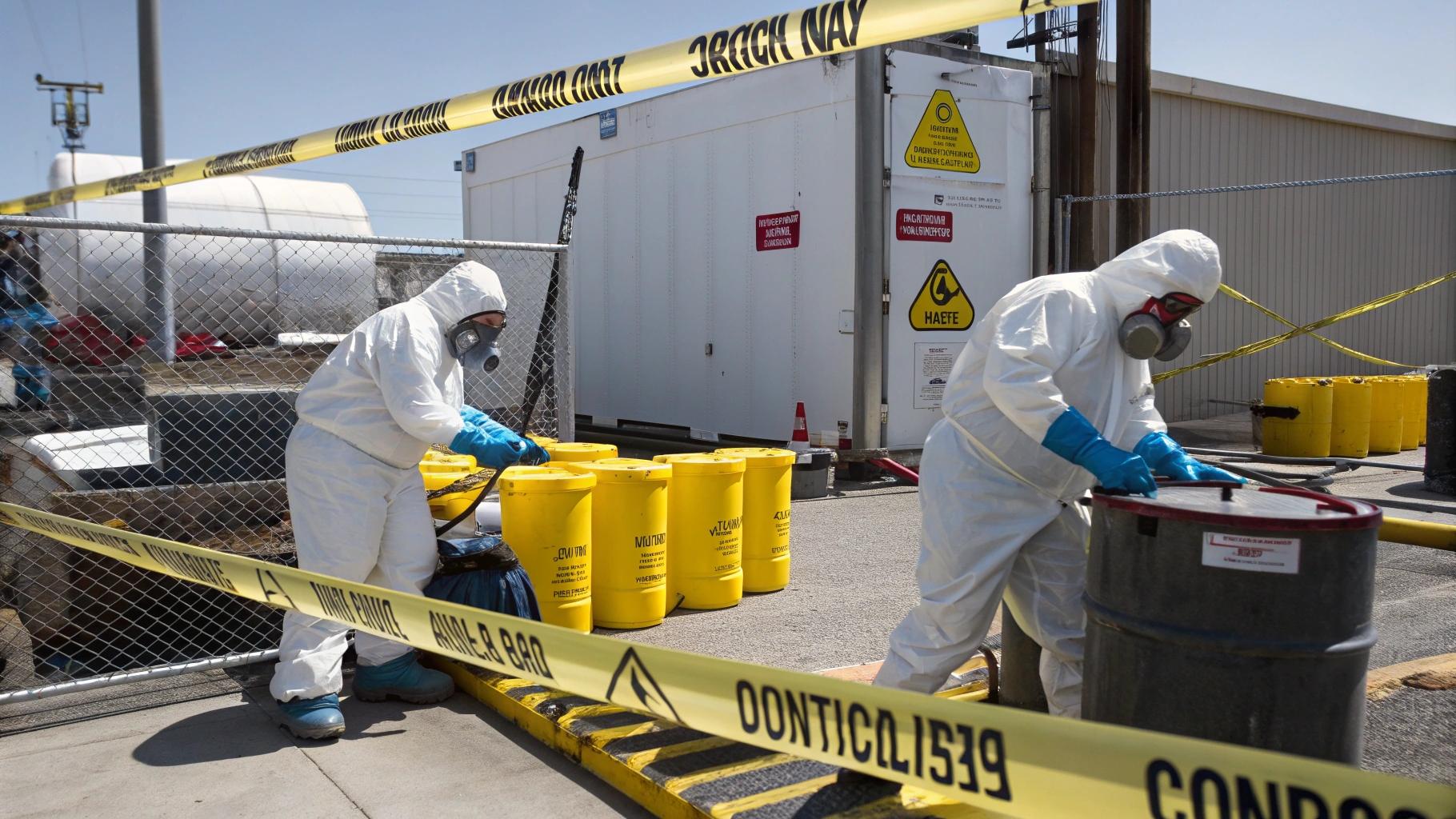What Factors Most Influence the Cost of Professional Biohazard Cleanup Services?

Summary
Biohazard cleanup is a specialized service that ensures the safe removal of hazardous materials such as blood, bodily fluids, and chemicals. Several factors influence biohazard cleanup cost, including the type of hazard, extent of contamination, property size, location, equipment needed, urgency, and insurance coverage. For example, surface level cleanup is less expensive than deep contamination that requires structural removal. Emergency or after hours services also raise costs. While pricing varies, hiring a professional biohazard cleanup company is essential for safety, compliance with regulations, and peace of mind. Attempting DIY cleanup poses serious health and legal risks. By understanding these factors, property owners can make informed decisions and better prepare financially for professional remediation.
-
Introduction
Biohazard cleanup is a critical service that addresses the safe removal of biological and hazardous materials such as blood, bodily fluids, chemical spills, or other dangerous contaminants. These situations often occur after traumatic events, medical emergencies, crime scenes, or industrial accidents. Because exposure to biohazards poses serious health risks, only trained professionals should handle this type of cleanup. Understanding the different elements that determine biohazard cleanup cost can help property owners prepare financially and make informed decisions. From the size of the affected area to the type of hazard involved, multiple factors influence pricing and knowing them upfront can prevent unexpected surprises.
What Is Biohazard Cleanup?
Biohazard cleanup is the process of removing, sanitizing, and properly disposing of hazardous materials that may carry infectious diseases or harmful chemicals. Common examples include crime scene blood cleanup, unattended death remediation, hoarding environments, and chemical or drug lab contamination.
Professional biohazard remediation specialists are trained to comply with strict health and safety guidelines, including those set by OSHA and the EPA. They use protective gear, advanced cleaning agents, and specialized equipment to ensure not only that the affected space is restored but also that it is safe for future use. Attempting to handle such situations without expertise and the right equipment can lead to exposure to risks and legal consequences.
Key Factors That Influence Biohazard Cleanup Cost
1. Type of Biohazard
Not all biohazards are equal. Cleaning up blood after a minor medical emergency is far less complicated than remediating an unattended death, which may involve advanced decomposition. Similarly, meth lab cleanup or chemical spills require additional safety protocols and specialized disposal methods. The complexity of the hazard directly impacts both the time required and the cost.
2. Extent of Contamination
Surface level contamination, such as blood on tile flooring, is quicker to address than biohazards that penetrate carpets, drywall, or subflooring. Deep contamination often requires structural removal and replacement, significantly increasing costs. For example, what may start as a small visible stain could involve widespread hidden contamination, requiring more intensive work.
3. Property Size and Location
Larger properties require more labor hours, supplies, and time to complete. In addition, the geographical location can influence cost. Cleanup services in rural areas may incur higher travel expenses, while urban areas may see higher base service rates due to demand and operational costs.
4. Equipment and Supplies Needed
The more advanced the equipment and cleaning products required, the higher the expense. Industrial grade disinfectants, ozone machines, air scrubbers, and HEPA vacuums are often necessary to fully remediate an environment. The regulated disposal of biohazardous waste transported and incinerated by licensed facilities also contributes to overall expenses.
5. Emergency vs. Scheduled Services
Time sensitivity plays a significant role in pricing. Emergency responses, such as immediate cleanup after a violent crime or accident, typically come with premium costs. On the other hand, scheduled services may be less expensive since they allow companies to allocate resources more efficiently. After hours, weekend, or holiday calls often include surcharges.
6. Insurance Coverage and Legal Requirements
Insurance coverage can offset biohazard cleanup costs, but this depends on the policy and circumstances. Many homeowner and commercial property insurance plans cover trauma scene cleanup, especially if the incident was sudden and accidental. Additionally, compliance with legal requirements such as documentation for law enforcement cases or regulated disposal protocols can influence pricing.
Why Hiring a Professional Biohazard Cleanup Company Matters
While cost is an important consideration, safety and compliance should never be compromised. A professional biohazard cleanup company provides peace of mind by ensuring the area is thoroughly sanitized and free of harmful pathogens. These experts follow federal, state, and local guidelines to guarantee that the property is restored legally and safely.
Attempting to handle biohazard cleanup without professional help can put individuals at risk of serious infections or chemical exposure, and in some cases, it may even lead to legal penalties. Beyond the technical expertise, professionals also bring compassion and sensitivity when handling traumatic or emotionally charged situations.
For authoritative information on workplace and environmental safety, you can reference the CDC’s guidelines on bloodborne pathogens, which highlights the importance of professional handling and protective measures.
Conclusion
The cost of biohazard cleanup depends on many factors, including the type of hazard, extent of contamination, property size, equipment requirements, urgency of response, and insurance coverage. While these costs can vary significantly, hiring professionals ensures compliance, safety, and a thorough restoration of the property. If you’re faced with such a situation, consulting a trusted biohazard cleanup company is the best way to receive an accurate quote and ensure the cleanup is handled with both efficiency and care. Ultimately, the investment brings not only restored property but also peace of mind.
FAQs
Q1: How much does biohazard cleanup typically cost?
A. The cost varies depending on the hazard and severity of contamination, but most services range from several hundred to several thousand dollars.
Q2: Is biohazard cleanup covered by insurance?
A. In many cases, yes. Homeowner or commercial insurance policies may cover cleanup expenses, but coverage depends on the specific policy and incident.
Q3: How long does professional biohazard cleanup take?
A. Cleanups usually last several hours to one day, though more severe cases may take multiple days depending on property size and the level of contamination.




